The Samsung Galaxy S23 Ultra is just an incremental update over its predecessor and a very good one at that. Samsung has focused on keeping the same recipe, but refining it for an overall better experience.
It’s finally here! The iPhone killer or the Android king, as many call it. The Samsung Galaxy S23 Ultra has been launched with a lot of similarities with its predecessor like the same battery, the same display, a very similar design, and of course, the S-Pen. The biggest changes this year are in the camera and performance region. We get a spanking-new 200-megapixel ISOCELL HP2 shooter and a custom Qualcomm Snapdragon 8 Gen 2 chipset paired with up to 12GB of RAM. Samsung has also talked a lot about the design, but that is more of a push towards sustainability rather than a big change.
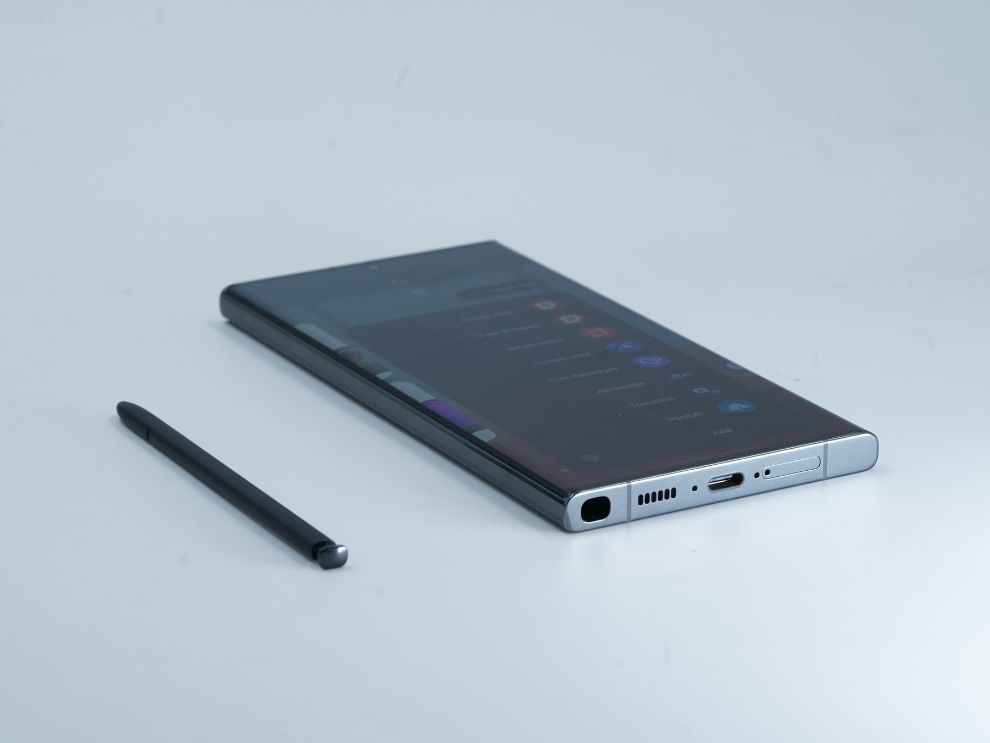
In this article, we take a detailed look at what the new Samsung Galaxy S23 Ultra offers. Does the minor tweak in design make any difference, is the new ‘custom’ Snapdragon 8 Gen 2 chip for Galaxy any better than the standard Snapdragon 8 Gen 2, how does the upgraded camera perform, and if the battery backup is any different despite being the same on paper.
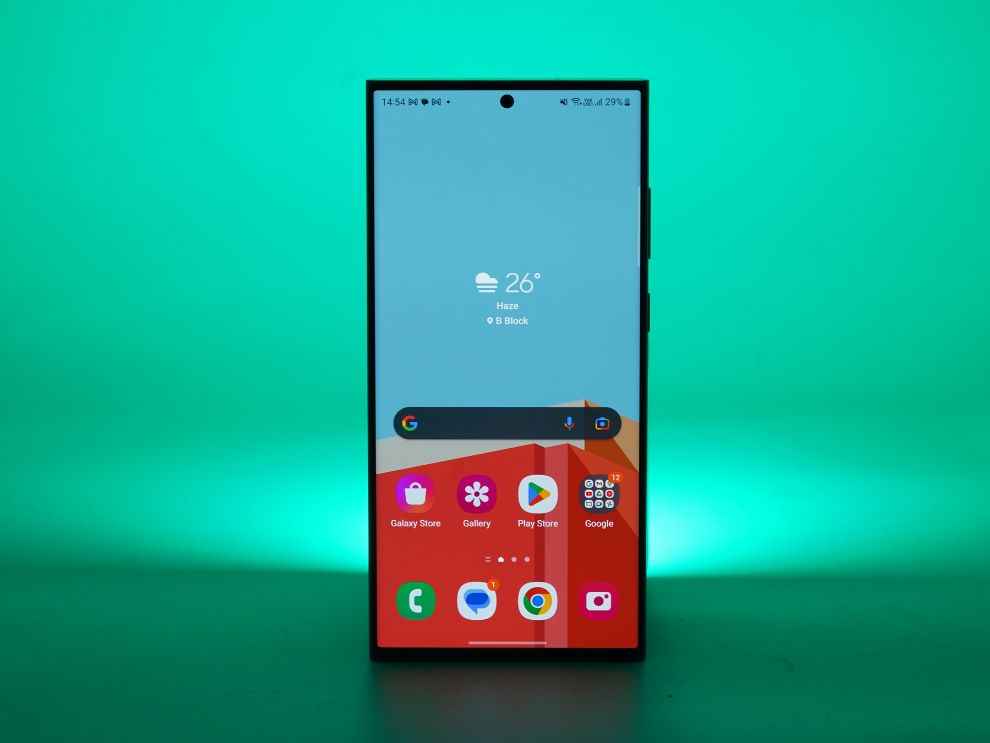
Starting with the design, the Samsung Galaxy S23 Ultra looks pretty much the same as its predecessor. The minor tweaks in the design, however, have made a very significant enhancement to the smartphone’s overall in-hand feel and grip. The flatter sides now make it much easier to hold the Samsung Galaxy S23 Ultra and the design now looks boxier. Very Galaxy Note-like (RIP).
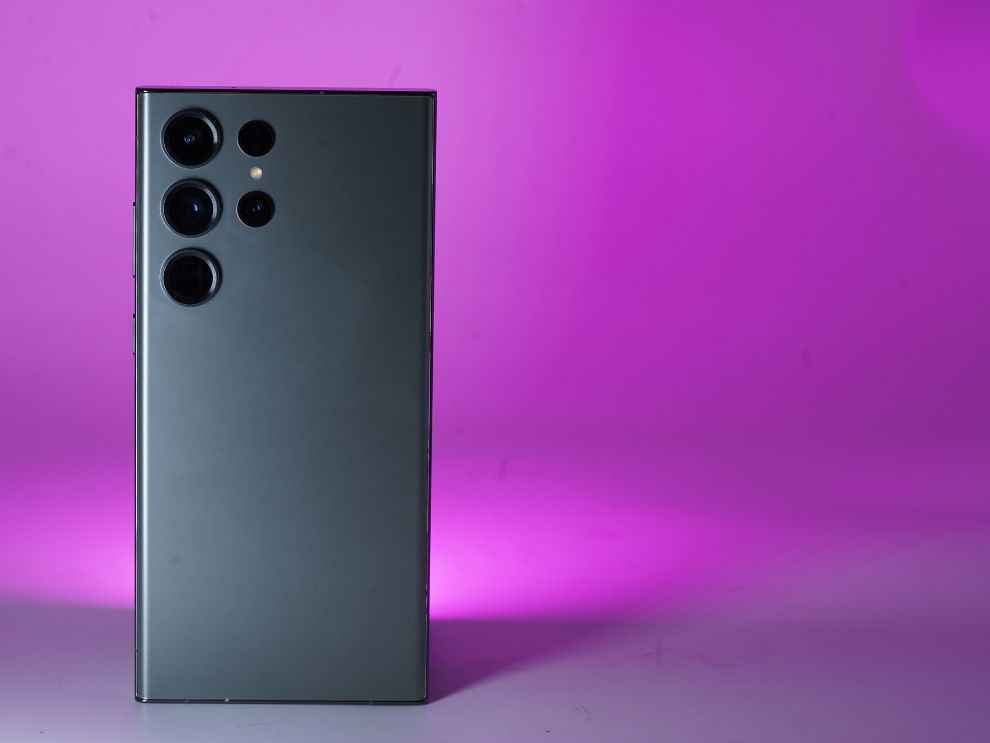
The back panel is also pretty much the same, just the cameras are slightly bigger in size, if you look very closely. Up front, the display curves slightly less than last year due to the flat sides, but it is still curved. The chin and top bezel remain similar sized, and of course, there is the hole-punch display implementation with the centrally-located front camera cutout.
The Galaxy S23 Ultra has been launched in three colours - Green, Phantom Black, and Cream. With the Galaxy S23 Ultra, Samsung has taken an Apple-like approach. Kept the fancy design that has worked well with minor tweaks. The flat edges make the grip much better than the predecessor, and the frame now feels more reinforced. Good and important tweaks to a design that didn’t require any radical changes.
Samsung Galaxy S23 Ultra review: DisplayThe display on the Samsung Galaxy S23 Ultra is also similar to the previous generation. We get the same 6.8-inch QHD+ Dynamic AMOLED display with a 120Hz refresh rate and up to 1,750 nits of claimed peak brightness. This, however, comes with the latest LTPO 3.0 technology for an adaptive refresh rate. This display, as expected from a Samsung flagship, is beautiful. The colours are super accurate, it is super responsive, and of course, bright enough to be used in all kinds of environments.
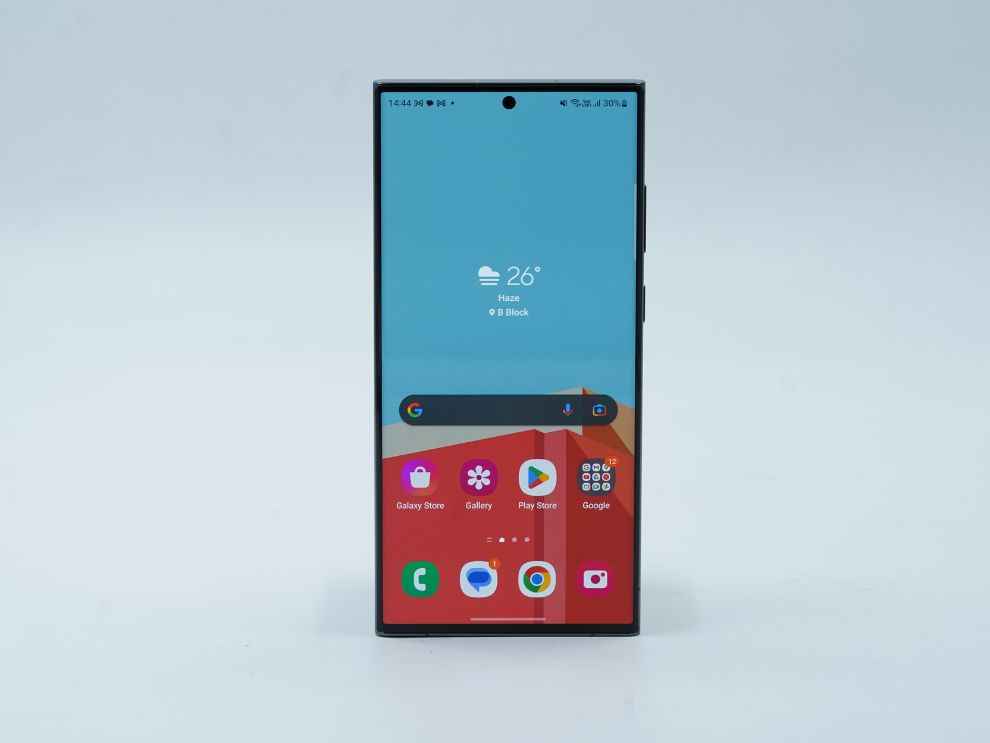
We tested the display brightness using a Lux Meter, and the highest peak brightness we could achieve was 1192 nits, as against the claimed peak brightness of 1,750. Further, in our Calman test, the smartphone’s colour accuracy came out to be very good in sRGB. It showed an average DeltaE of 2.4, which is very good. The maximum DeltaE was 4.3 on orange or saffron colours, meaning that orange or saffron are the least accurate colours on this display.
Samsung Galaxy S23 Ultra review: PerformanceComing to performance, the Samsung Galaxy S23 Ultra comes with a custom Snapdragon 8 Gen 2 chip for Galaxy phones. This chip is paired with 12GB of RAM and comes with a higher clock speed in both the CPU and GPU as compared to the standard Snapdragon 8 Gen 2 SoC. While the highest clock speed on the standard Snapdragon 8 Gen 2 is 3.2GHz, the Snapdragon 8 Gen 2 for Galaxy phones is clocked at 3.36GHz max. The GPU on the custom chip, on the other hand, is clocked at 719MHz, as against the 680MHz clock speed of the standard Qualcomm Snapdragon 8 Gen 2 chip GPU.
This custom chip is paired with 12GB of RAM, and the performance experience on this smartphone is next level. Throughout my usage, the smartphone felt ultra fast and ultra slick. Be it navigating through apps or playing games, or at times even multitasking, the Samsung Galaxy S23 Ultra just flies through any task you throw its way. The gaming experience on this phone is also gaming phone-level.
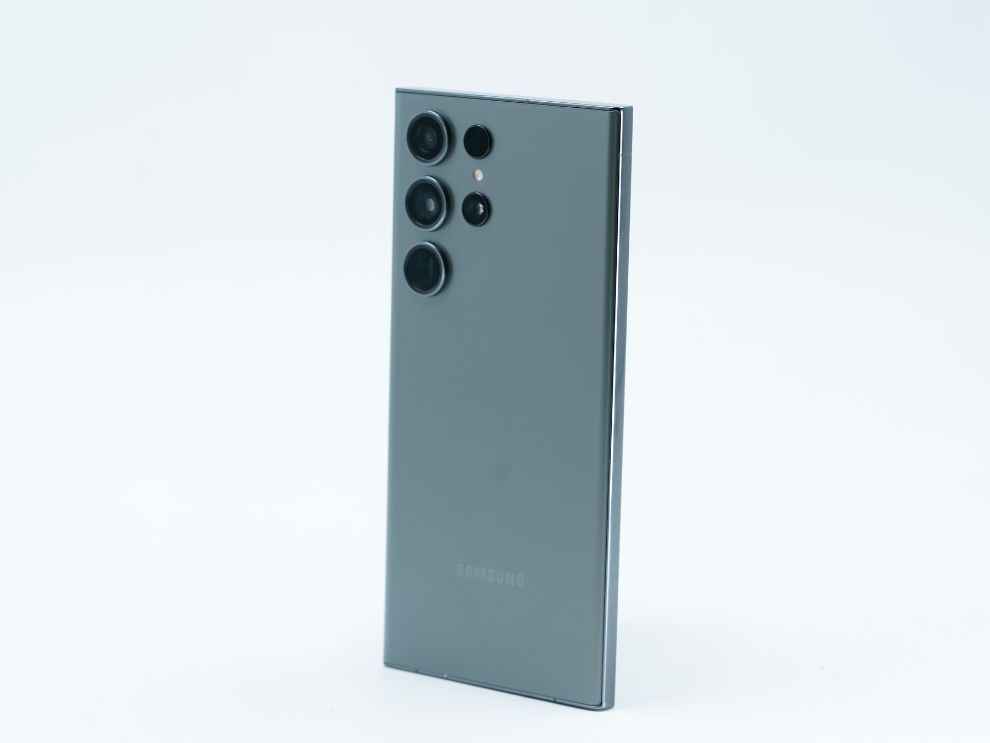
I recently used the iQoo 11 which was the first Snapdragon 8 Gen 2 smartphone to be launched in India, and the experience on the Samsung Galaxy S23 Ultra felt slightly better than the iQoo 11, despite the latter’s gaming-centric DNA. The main reason here is the higher clock speed on the custom chip and the combination of Samsung’s beautiful Dynamic AMOLED display. All games that support a high frame rate run on full settings with minimal load times, and there are no frame drops or lags even in demanding games like Genshin Impact and Call of Duty: Mobile.
Coming to benchmarks and tests we ran on the Samsung Galaxy S23 Ultra, the smartphone performed better than other Snapdragon 8 Gen 2-powered smartphones in most scenarios. On AnTuTu, the Samsung Galaxy S23 Ultra scored 1,204,573 points, which is higher than the Snapdragon 8 Gen 2-powered OnePlus 11, but falls short of the iQoo 11, which has the standard Snapdragon 8 Gen 2 chip. On Geekbench, the Galaxy S23 Ultra left the competition behind with a single-core score of 1,551 and a multi-core score of 4,798, which is significantly higher than the OnePlus 11 or iQoo 11’s single-core scores of 1,163 and 1,442 respectively. Here, the higher clock speed of the biggest core comes into play. In multi-core scores on Geekbench, however, the OnePlus 11 scored higher than the Galaxy S23 Ultra with a 4,872 score.
We also ran other benchmarks like PC Mark and 3D Mark Wildlife on the Galaxy S23 Ultra and here also, the smartphone came out on top as compared to the other two Android flagships launched recently (OnePlus 11 and iQoo 11). In 3D Mark, the Galaxy S23 Ultra scored 3781 points, higher than the OnePlus 11’s 3606 score and the iQoo 11’s 3566 points. In PC Mark, which is a CPU-based test, the S23 Ultra blew the competition out of the water with a score of 15,530 points as against the 10493 points on the OnePlus 11 and 12150 points on the iQoo 11. Here also, the higher clock speed of the biggest core has helped the Galaxy S23 Ultra achieve significantly higher scores.
We also tested the gaming performance using Gamebench. While the gaming experience is nothing short of a gaming smartphone, on Gamebench the stability came out to be slightly lower than the best scores we have seen this year. In Call of Duty: Mobile, the Samsung Galaxy S23 Ultra gave a 60FPS frame rate with 97% stability. In Asphalt 9 also, the smartphone showed the same numbers (60FPS with 97% stability).
Enough with the benchmarks, let’s now address the issues that Samsung flagships have come to be known for - heating and throttling. Last year’s flagships were found to be throttling a lot and there was a huge controversy around Samsung’s flagships and their throttling issues. This year, Samsung seems to have fixed that. We ran a CPU Throttling test on the Galaxy S23 Ultra, and it showed that the smartphone’s CPU throttles to 86 percent, which is not too bad.

In terms of heating, Samsung has put 2.7 times larger vapour cooling chamber on the Galaxy S23 Ultra, which means that the heating should be in check this time around. I have been using the S23 Ultra for the past few days, and I did not feel the smartphone heating up too much during usage. While playing games also, the thermals remain in check and are nowhere near last year’s flagships. However, there were certain scenarios where the smartphone heated up. Mostly, it was when the Samsung Galaxy S23 Ultra was plugged into a charger or in my car for Android Auto. Now, while it does heat up sometimes, it is nowhere as bad as last year. We also tested the heating with a Flir heat camera, and it showed that the Galaxy S23 Ultra heated up to a maximum temperature of 42.5-degree celsius, which is not too bad for the hottest temperature.
Samsung Galaxy S23 Ultra Review: BatteryComing to the battery, on paper, there is no difference between the Galaxy S23 Ultra and its predecessor’s battery. We get a 5,000mAh battery on the smartphone, along with 45W fast charging. Now, while on paper there isn’t any difference, the battery life has improved vastly. During my usage, the Samsung Galaxy S23 Ultra gave us about 9 hours of on-screen time on one battery cycle. This is after we ran a bunch of tests, played games and even used the camera for some time, with the display on full brightness and locked at the highest 120Hz refresh rate.
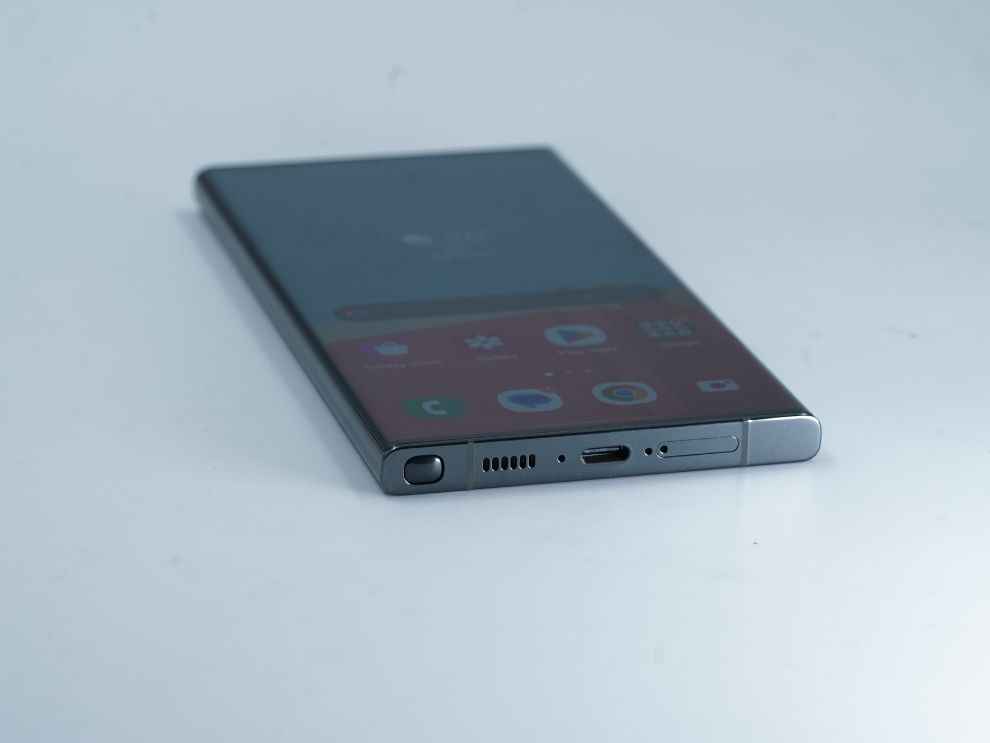
In our battery tests, the Samsung Galaxy S23 Ultra saw a 2 percent drop in the battery after a 15-minute gaming session of Call of Duty: Mobile. Further, after 30 minutes of playing a YouTube video in 2160p resolution, the Samsung Galaxy S23 Ultra lost only 3 percent battery. Looking at these numbers, the battery on the Samsung Galaxy S23 Ultra is brilliant and a big jump-up from the successor Galaxy S22 Ultra’s battery life. In terms of charging, the Samsung Galaxy S23 Ultra took a total of 84 minutes to charge from 0 to 100 percent. The smartphone supports up to 45W fast charging and we also get 15W wireless charging with Samsung’s latest flagship.
Samsung Galaxy S23 Ultra: CameraComing to the camera, this is one of the two biggest changes on the new Galaxy S23 Ultra. Samsung has used a brand new 200-megapixel ISOCELL HP2 shooter on the Galaxy S23 Ultra. Apart from this, there is a 12-megapixel ultra-wide angle lens, a 10-megapixel periscope telephoto lens, and another 10-megapixel telephoto shooter. On paper, this sounds like too much camera tech. In reality, things aren’t too different. This camera is very good in almost every sense of the word. The images out of the primary 200-megapixel shooter are nothing short of super sharp and detailed. The HP2 sensor comes with a quad-pixel autofocus feature that focuses on all pixels at the same time, resulting in faster autofocus speeds.

Images out of the camera are crisp and the colours are very accurate. This is as good as a camera gets for Android smartphones. It nicely manages colours and skin tones, without losing any details or sharpness. The images look sharp and have ample detail, even without using the full 200-megapixel mode. Photos out of the Galaxy S23 Ultra’s camera are nicely saturated and offer a good contrast that mostly looks pretty aesthetic. Unleashing the full 200-megapixel, on the other hand, enhances all of that and adds a lot more detail. While the difference won’t be as noticeable on the smartphone’s screen, the moment you put it on a bigger screen, you will notice that the difference is substantial. The photos are much more detailed, and the dynamic range is slightly better in low-light conditions.
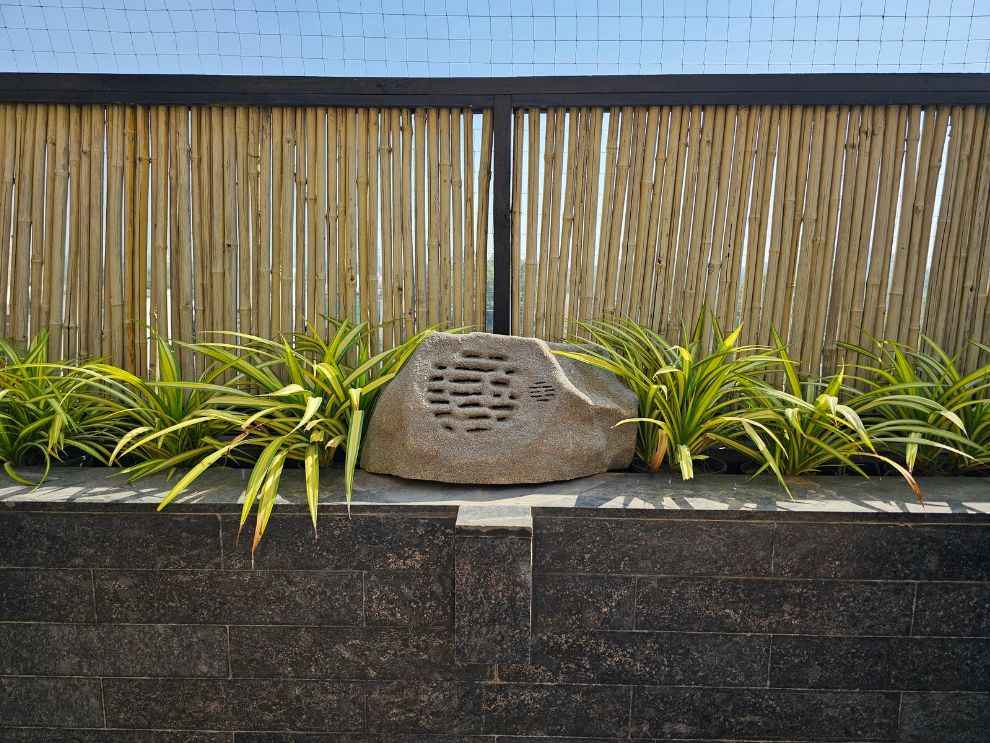
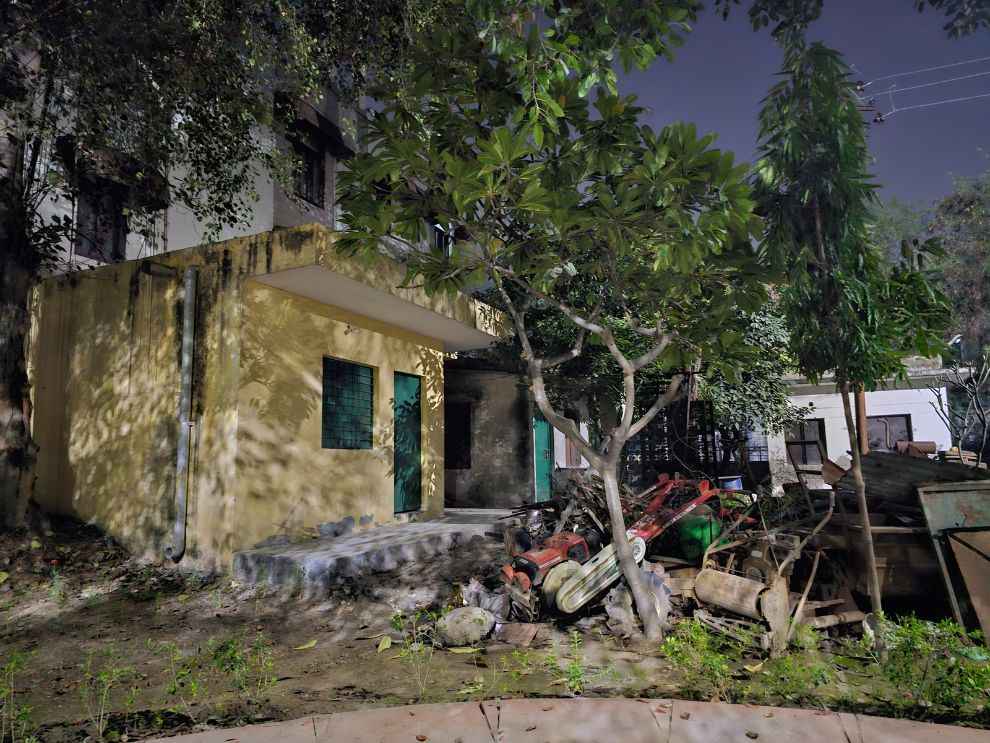
Another thing to mention here is that Samsung has enhanced the stabilisation of this camera. As I said above, taking a good image from this camera is super easy. Of course, this is Samsung’s flagship so we get marvellous telephoto capabilities with up to 10X optical zoom and 100X digital zoom. Cool features to play around with, but the images in 10X are superb. The details are clear and the images are sharp. Most times I showed people images clicked in 10X zoom, and they did not believe it. That’s something. The 100X zoom, of course, won’t be used in regular life, but it is a cool feature to have in case you want to see something that’s too far for your eye to catch.

In low lights also, the Samsung Galaxy S23 Ultra’s camera works brilliantly. The colours are nicely matched and the images are perfectly saturated for more aesthetic results. In night mode, however, the camera takes in a bit too much light for my liking. It seemed to click better images at night with the night mode off. Further, in a few cases, the camera also messes up the image in low light. Like this image of a pot, where you can see smudges on the right side. Now, this is a very rare occurrence, but of course, important to mention.

Coming to portraits, here also the Samsung Galaxy S23 Ultra does brilliantly. The edge detection and background blur are superb, and the photos don’t lose out on details or colours. Portraits, however, give a slightly warm skin tone to subjects in bright lighting conditions. The edge detection is also on-point in most conditions, but we saw the Galaxy S23 Ultra camera glitching out here also on a couple of occasions, like this image of my colleague Sushant. Notice how the glare from the glass completely confuses the camera and it detects this also as part of the subject. The night portraits, however, look straight out of a DSLR camera.
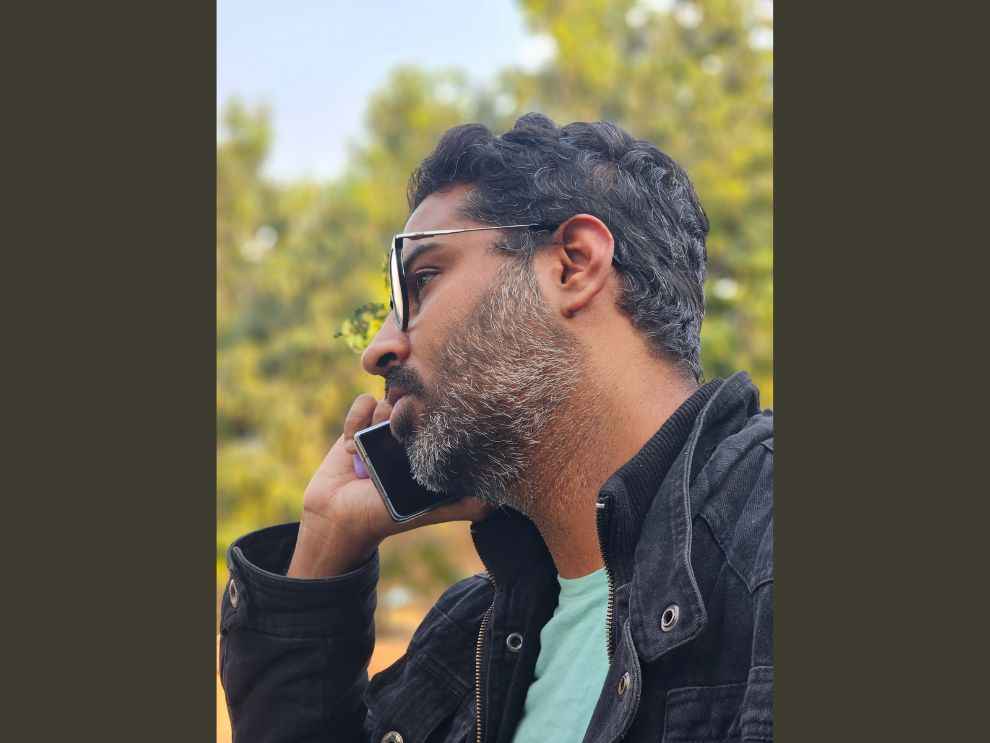

Overall, this is still probably one of the best cameras out there in terms of still images. The colours are slightly towards the saturated side, which is to bring out the colours and make the image more aesthetic. The camera does mess up in some rare conditions but give it a couple of tries, and you will get very good images out of this camera. Samsung’s faster autofocus and stabilisation are to be commended here, but again, the image processing after clicking the image remains slow as we have seen in Samsung flagships in the recent past.
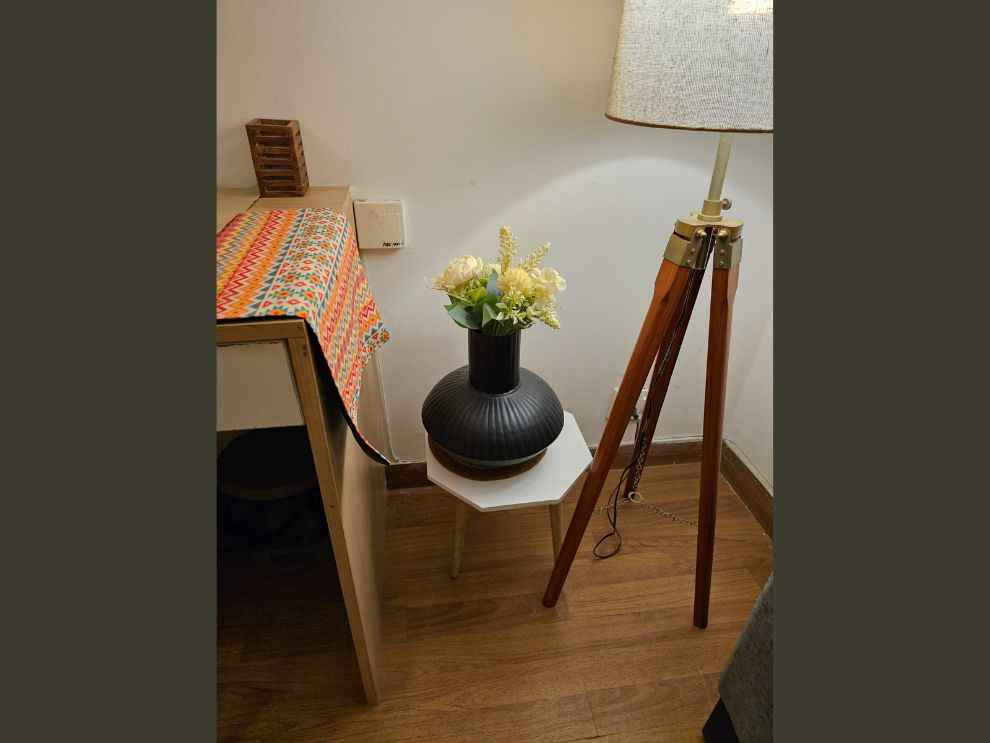
Overall, the Samsung Galaxy S23 Ultra is just an incremental update over its predecessor. And a very good one at that. Samsung has focused on keeping the same recipe, but refining it for an overall better experience. The company has fixed all the issues last year’s Galaxy S22 series had - be it heating, throttling, or the disappointing battery backup. The S23 Ultra, in our initial days with the phone, did not throttle much, the smartphone heats up much less (thanks to the larger vapour cooling chamber), and the battery is now probably one of the best on any Android smartphone out there. On top of that, you get a super powerful chip, and again, one of the best smartphone cameras out there currently.

In terms of design, the Galaxy S23 Ultra looks the same as its predecessor. However, Samsung has made the frame flat from the sides, which enhances the in-hand feel substantial and makes holding the rather big smartphone much easier. The size, however, could still be too big for many users. Samsung has also used new materials, in line with the company’s messaging around sustainability.
from Mobile Phones Reviews https://ift.tt/x9zp3dn

No comments:
Post a Comment